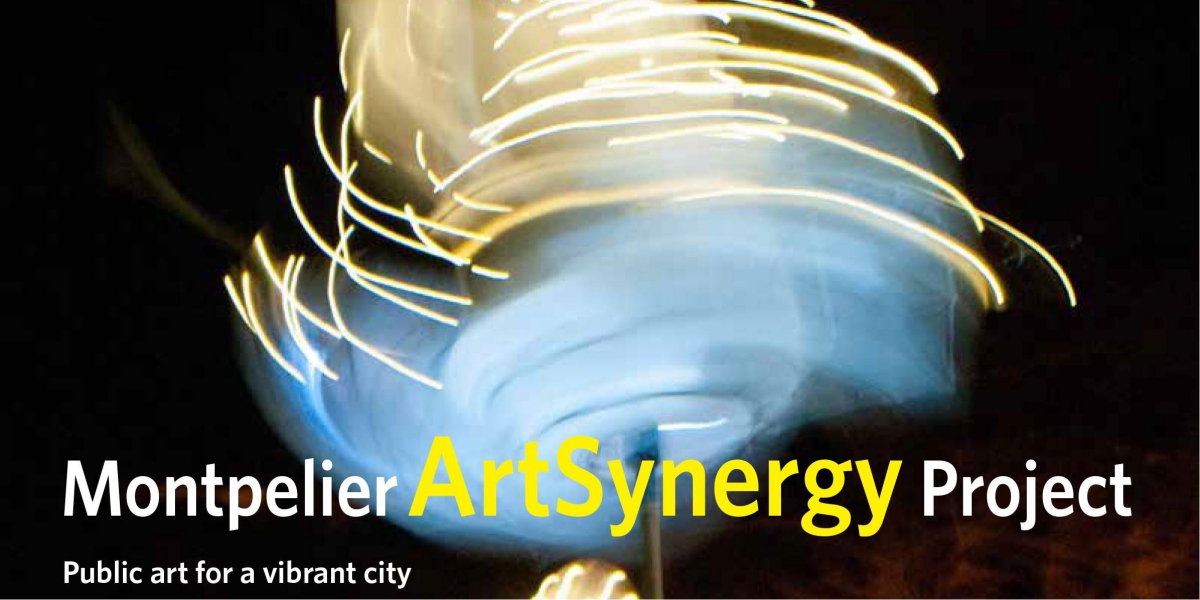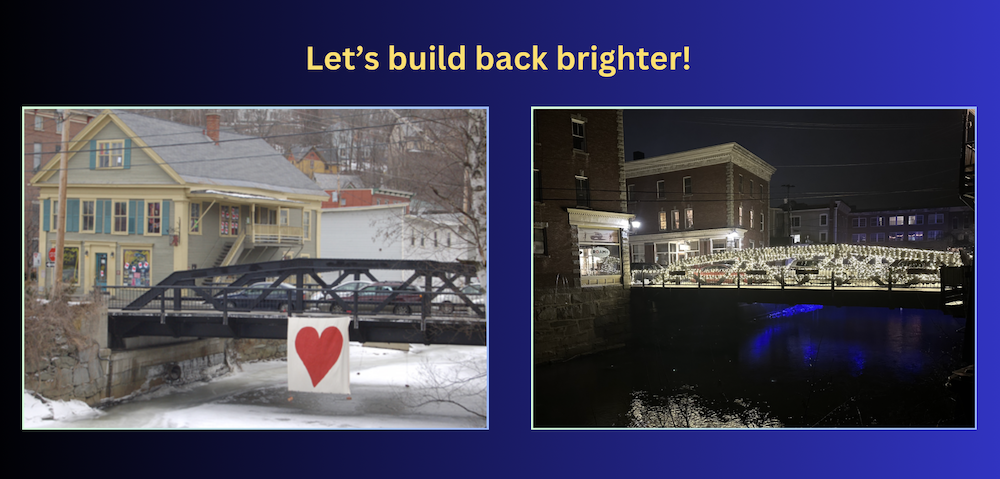
Welcome to the Montpelier ArtSynergy Project
Public art helps to define a city by honoring its history, celebrating its culture, and creating rich experiences for residents and visitors alike. Art activates spaces and invigorates economies—and brings smiles and inspiration to folks of all ages, day in and day out. The Montpelier ArtSynergy Project was a community initiative, in collaboration with Montpelier Alive, the City of Montpelier, and the Community Engagement Lab, that developed a strategic Public Art Master Plan and community-wide vision for how public art can be integrated into the framework of the City of Montpelier.
Click here to read the completed Master Plan and click here to learn more about the newly-created Public Art Commission.
Why does the City need a Master Plan?
The Montpelier ArtSynergy Master Plan knits our diverse community together by defining and implementing our expression—our signature—to the world. The people of Montpelier are creative, spirited, and ingenious. The Public Art Master Plan sets the standard for how we begin to implement and enjoy public art; it also celebrates our community’s artistic vitality. Public art helps us celebrate our heritage, communicates our direction, and characterizes our sense of place. Thoughtfully implemented public art will define “Montpelier” to ourselves and project our special qualities and competitive advantages to visitors and investors. In this way, our Public Art Master Plan doubles as an important economic development tool.
What Does the Plan Contain?
The Public Art Master Plan articulates goals, identify resources and propose prioritized strategies, timelines and cost estimates for the funding, placement, creation and maintenance of public art in Montpelier, with a focus on the Downtown. The ArtSynergy Master Plan will develop a public art strategy that connects future design and cultural initiatives for greater community and economic development. The community-wide planning process included small focus groups, individual interviews, and large community exercises. The centerpiece of the planning process was a series of five creative visioning workshops led by teaching artists from different disciplines.
